These are just a few of the many ethnic cultures that are at risk of disappearing.
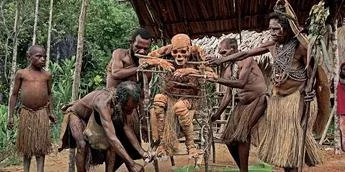
Around the world, many cultures are at risk of disappearing forever. These cultures are more than just languages or customs; they represent unique ways of life, passed down through generations.
When a culture fades away, it's not just the loss of traditions, but also the loss of stories, wisdom, and perspectives that help make our world rich and diverse.
Unfortunately, in today's rapidly changing world, many small ethnic groups are struggling to keep their traditions alive. They face challenges like climate change, loss of land, and modern technology that can overwhelm their traditional ways of life.
Learning about these cultures can help us understand the importance of preserving them, not just for the people who belong to them, but for all of us.
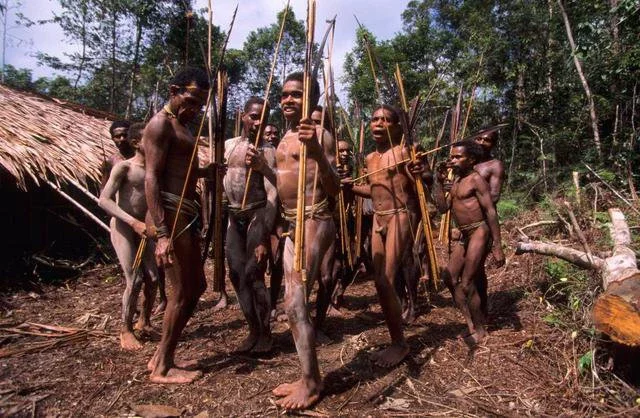
The Korowai people are a tribe of indigenous people who live in the rainforests of Papua, Indonesia. They are known for their unique way of life, which includes living in tree houses up to 140 feet tall. The Korowai people believe that living in tree houses protects them from evil spirits and rival tribes.
However, the Korowai people are facing a number of challenges. One challenge is deforestation, which is destroying their rainforest homes. Another challenge is the encroachment of outsiders, such as logging companies and missionaries. These outsiders are bringing new diseases and ways of life that are threatening the Korowai people's traditional culture.
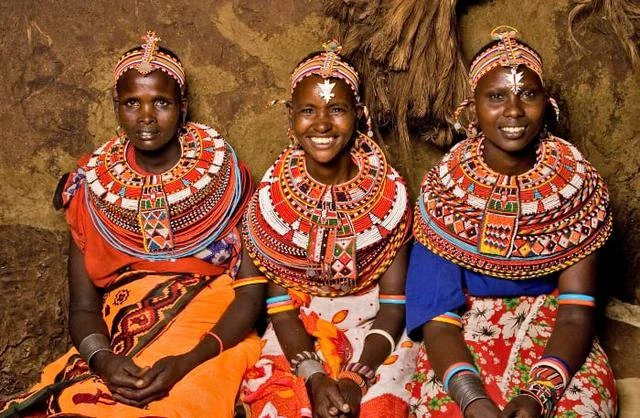
The Samburu people are a semi-nomadic pastoral tribe who live in northern Kenya. They are known for their colourful beadwork and their traditional way of life, which revolves around herding cattle.
The Samburu people are facing a number of challenges, including drought, climate change, and government encroachment. Droughts are becoming more common in Kenya, which is making it difficult for the Samburu people to raise their cattle. Climate change is also leading to changes in rainfall patterns, which is further disrupting the Samburu people's way of life.
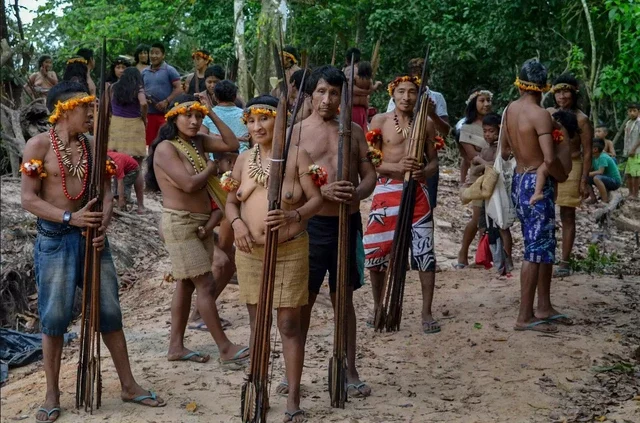
The Awa people are a tribe of indigenous people who live in the Amazon rainforest of Brazil. They are one of the most isolated tribes in the world, and very little is known about their culture.
The Awa people are facing a number of challenges, including deforestation, illegal logging, and violence from outsiders. Deforestation is destroying the Awa people's rainforest homes, and illegal logging is bringing outsiders into their territory. This is putting the Awa people at risk of violence and disease.
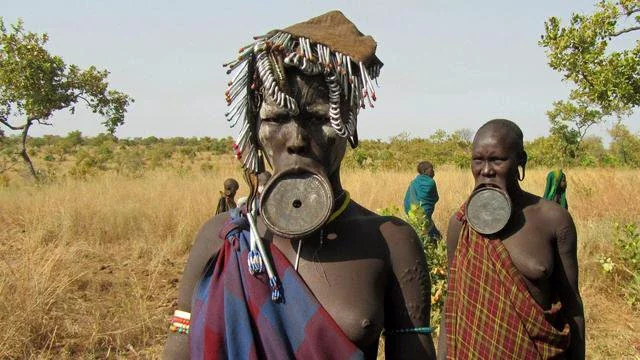
The Mursi people are a tribe of indigenous people who live in southwestern Ethiopia. They are known for their unusual body modifications, such as lip plates worn by women.
The Mursi people are facing a number of challenges, including violence from neighbouring tribes, government encroachment, and the expansion of commercial agriculture. Violence from neighbouring tribes is a constant threat to the Mursi people. The Ethiopian government is also encroaching on Mursi land for development projects. This is forcing the Mursi people to move to smaller areas of land, which is making it difficult for them to sustain their traditional way of life.
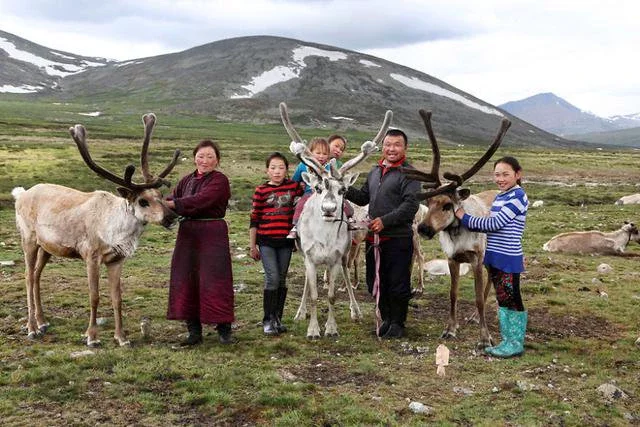
The Tsaatan people are a tribe of reindeer herders who live in the taiga forests of northern Mongolia. They are known for their culture, which is based on reindeer herding.
The Tsaatan people are facing a number of challenges, including climate change, disease, and government policies. Climate change is causing the taiga forests to shrink, which is making it difficult for the Tsaatan people to find food for their reindeer. Disease is also a threat to the Tsaatan people's reindeer herds.
The Mongolian government is also implementing policies that are making it difficult for the Tsaatan people to continue their traditional way of life.

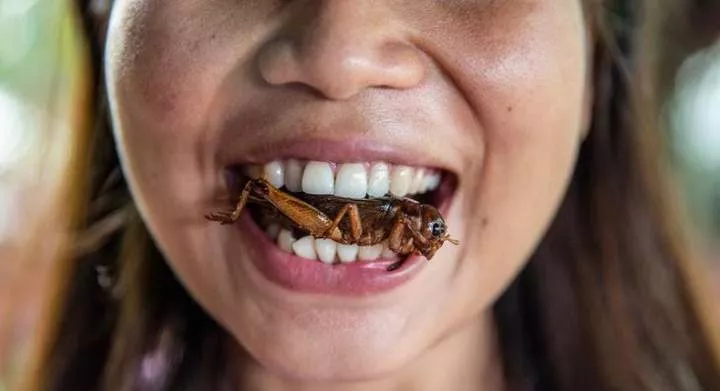
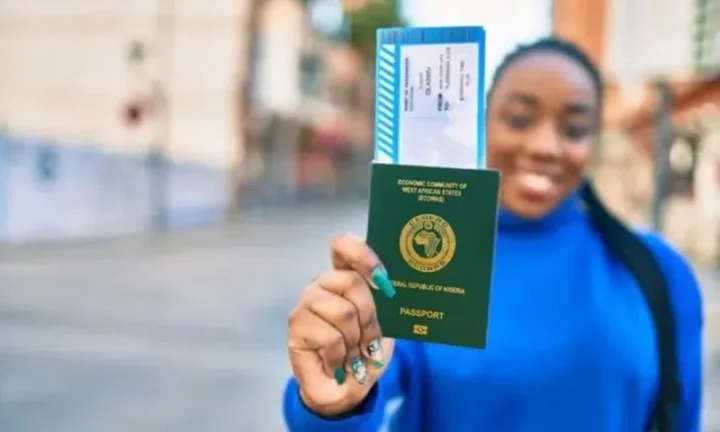
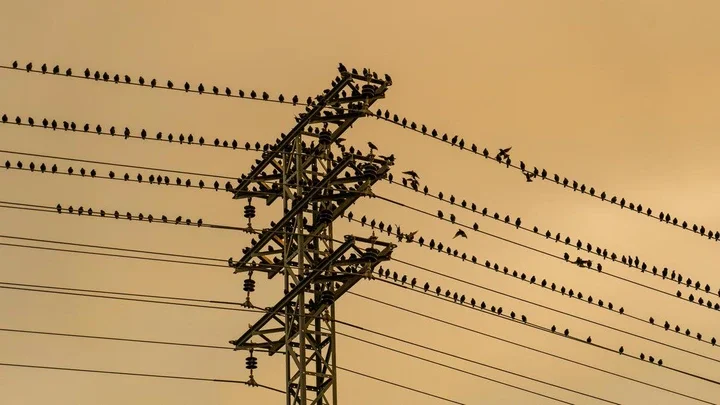
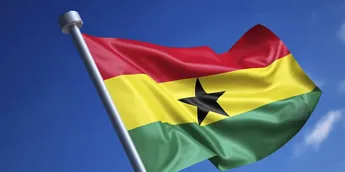
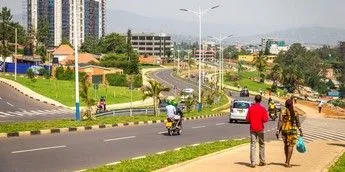










Comments